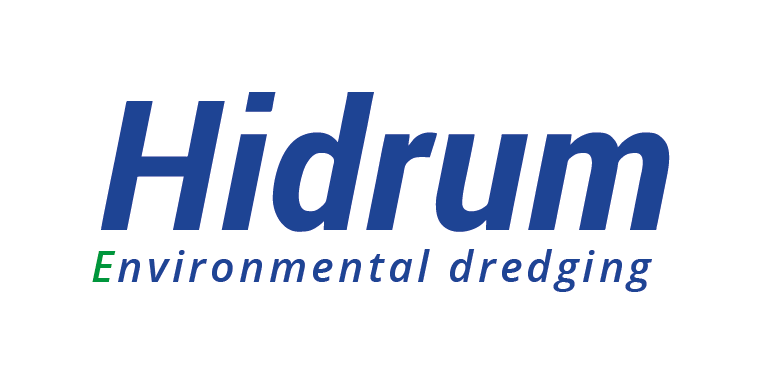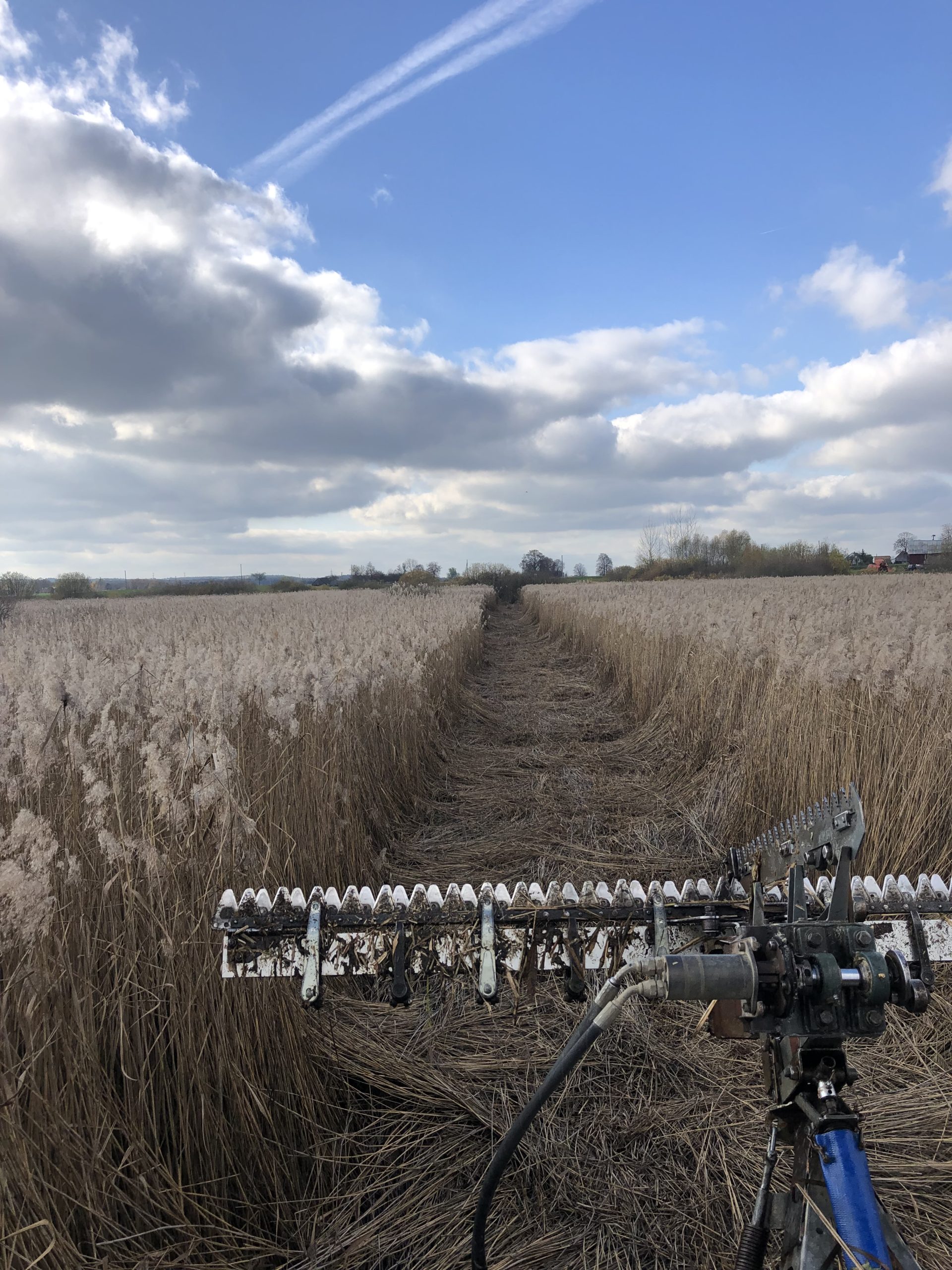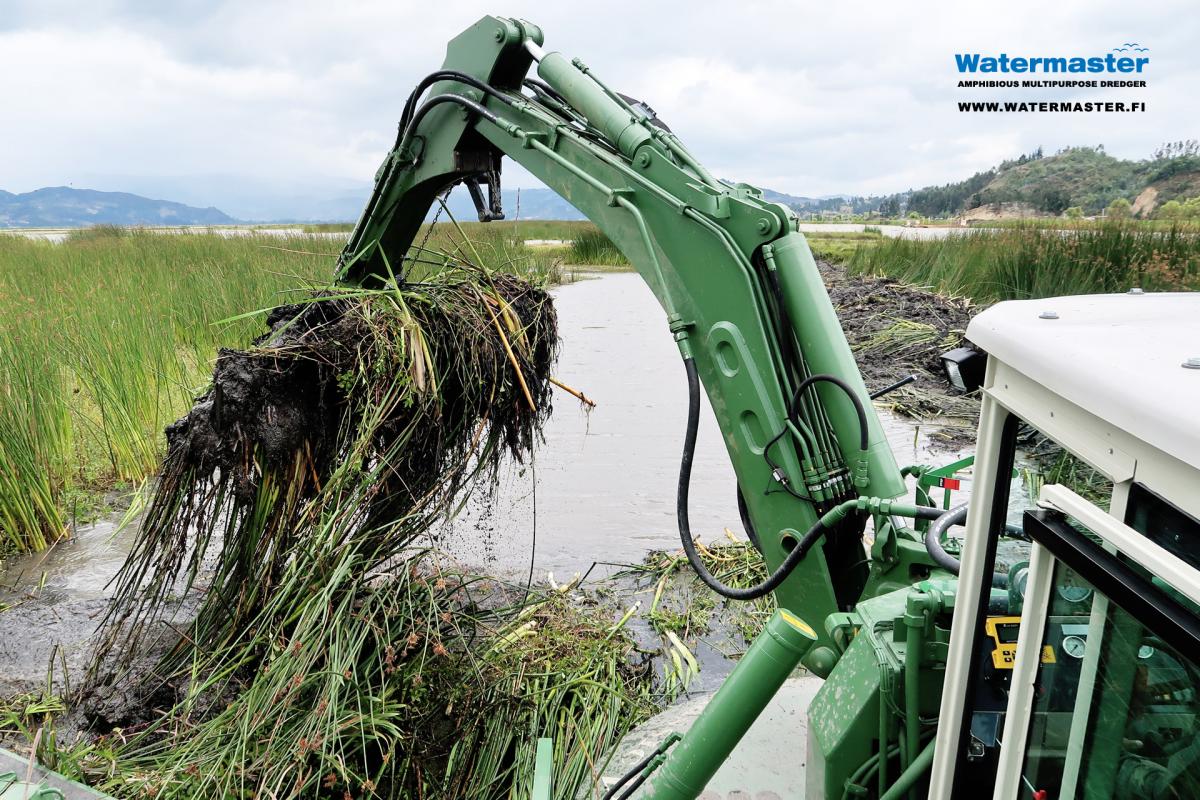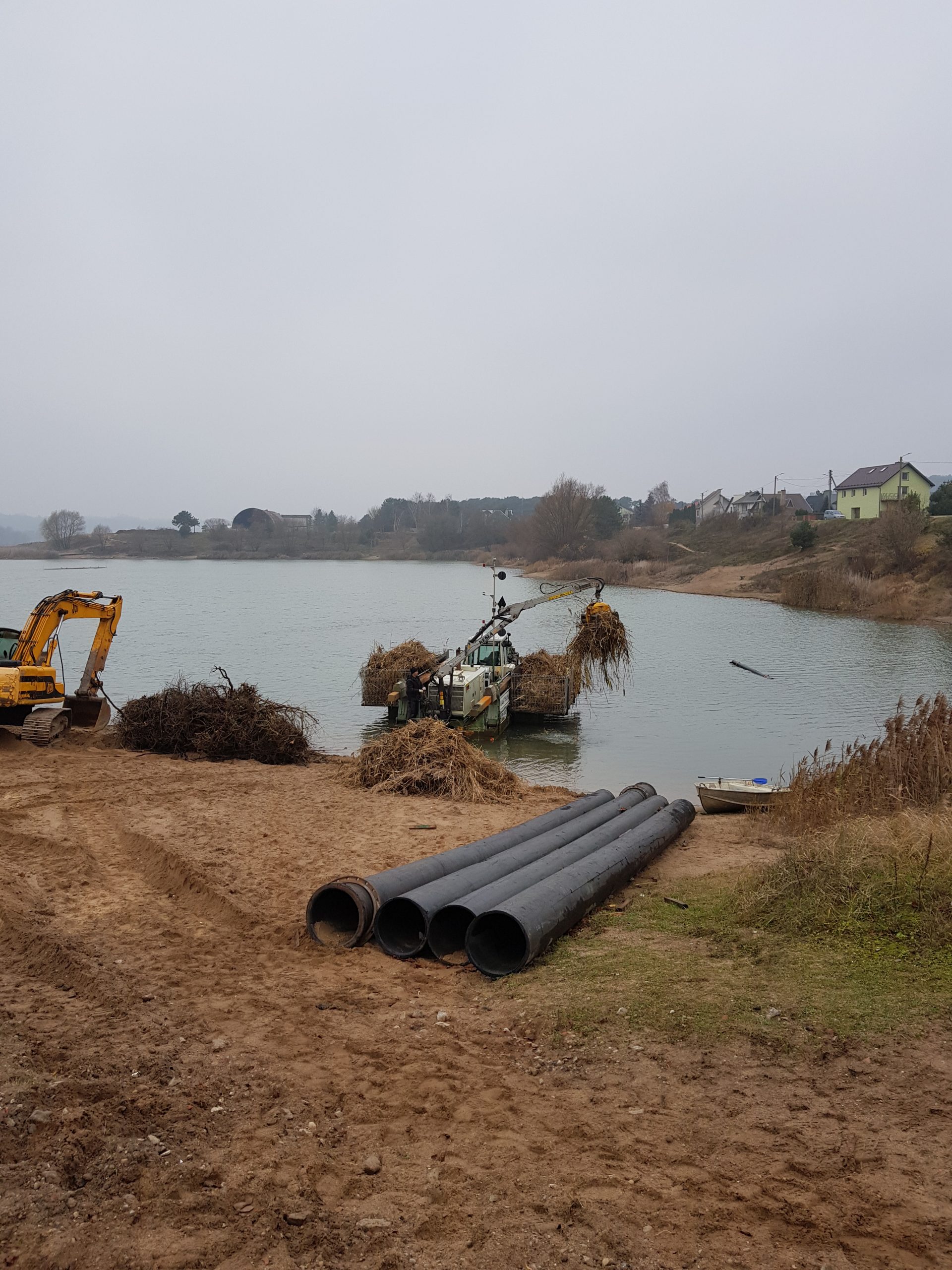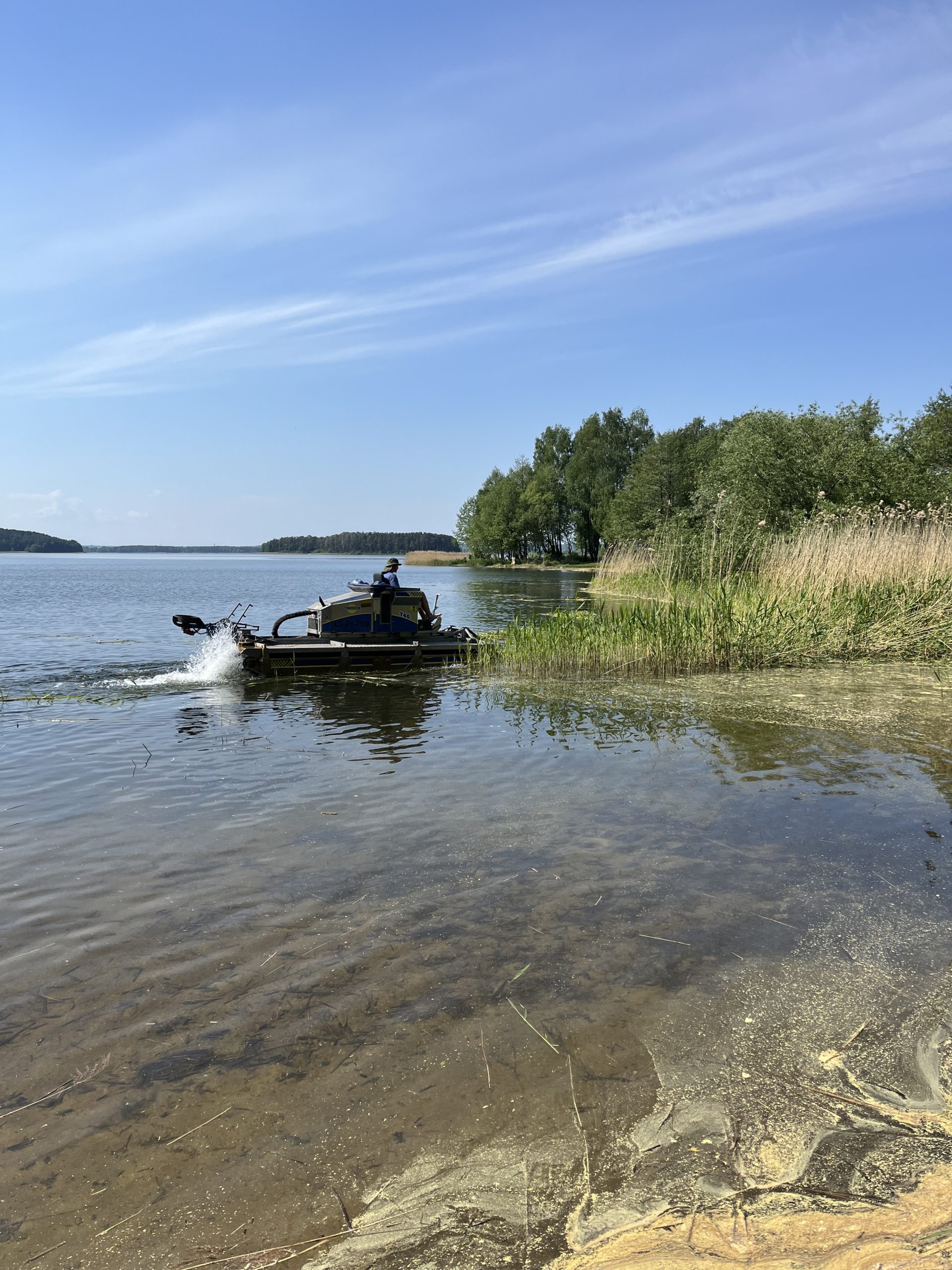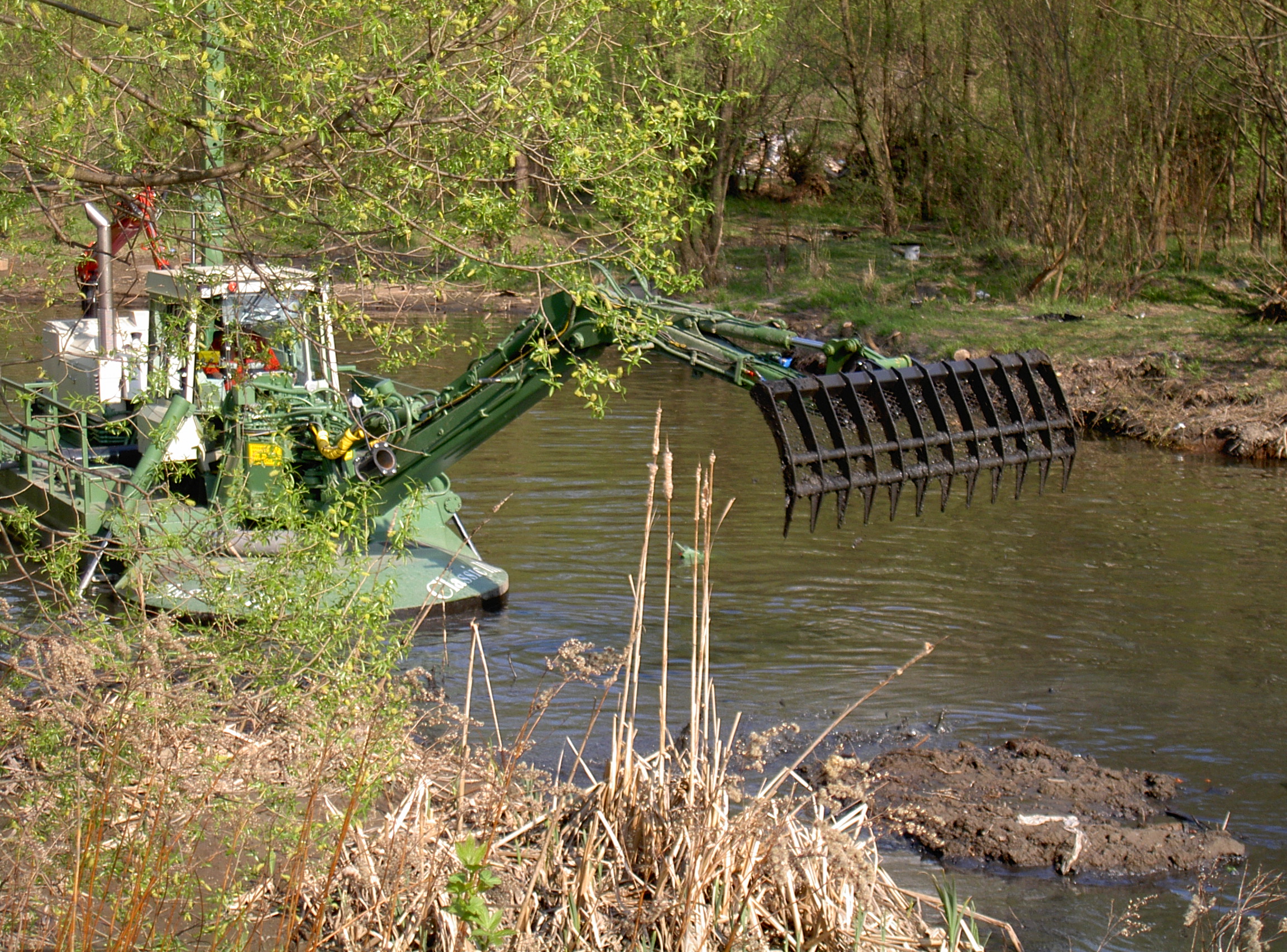Removal of aquatic vegetation
Aquatic plants may be considered undesirable in certain situations. Although they are ecologically important, contributing to the diversity of ecosystems, their rapid growth and density can interfere with aesthetics and water flow.
In addition, over time, aquatic plants begin to decompose, which creates conditions for the process of water siltation, which is harmful, as it reduces the water flow, depth, and oxygen level in the water, which has a negative impact on wildlife, boating, and recreational activities. Siltation further promotes the growth of unwanted plants, algae, and negatively affects the overall balance of aquatic ecosystems.
The most common types of aquatic vegetation are reeds, bulrushes, and sweet flags. Reed is a tall and strong plant that forms dense beds on the edges of water bodies, on the shores. Reed growth can outcompete other plants, affecting biodiversity and altering the natural balance of ecosystems.
In addition, thick layers of reeds obstruct the flow of water, can cause flooding and limit access to water bodies. As the reed stems rot, they fall into the water and become natural coastal pollution. Abundant growth of algae also creates dense beds that restrict water movement, recreational activities such as boating, fishing. Dense deposits tend to spread quickly and contaminate water bodies.
Sweet flags, although less aggressive than reeds and bulrushes, often become problematic. Sweet flags form dense layers that obstruct the flow of water and limit navigation. Unmanaged water bodies overgrown with aquatic vegetation are not only impractical, but also have no aesthetic value.
To maintain aesthetics, ensure better water flow, and reduce water siltation, these plants must be removed. We specialize in cutting aquatic vegetation: reeds, bulrushes, sweet flags, and their uprooting. For this work, we use modern technologies – the multi-functional dredgers “Watermaster Classic” and “Truxor” – and staff with more than 15 years of experience.
How is reed cutting done?
Because reeds are among the most aggressive aquatic plants, reed removal must be done with special techniques, especially in water bodies where they have become invasive and overgrown. “Truxor”, a multi-functional technology, cuts reeds precisely and efficiently.
With specialized cutting attachments, the “Truxor” is specially designed to cut reeds and other aquatic vegetation. The uniqueness of the “Truxor” technology lies in its ability to float on water and reach places that cannot be reached by conventional technology. Because this technology is easy to manoeuvre and has special attachments, it can easily reach the most remote areas of water bodies and effectively cut unwanted plants.
Using “Truxor” technology, we ensure that aquatic vegetation management takes place efficiently with minimal disturbance to the ecosystem. Our experienced team of specialists use the features and capabilities of “Truxor” to ensure that water bodies are clean and functional.
Reed cutting is an important process, but in addition to this, the “Watermaster Classic” multi-purpose dredger can be used to rake effortlessly and to remove other floating and growing vegetation and to clean the muddy bottom. The mass extracted from the water can be loaded into a barge or on shore. Vegetation can be removed and vacuumed with the suction bucket.
The removal of reeds or other unwanted aquatic plants is an important process not only for the aesthetic appearance of the coasts, the efficiency of water flow, but also because eventually, unmanaged aquatic vegetation promotes siltation of water bodies.
The “Watermaster Classic” multifunctional digger effectively uproots invasive aquatic plants and ensures that they do not re-appear for at least 5 years. This will prevent the process of siltation of water bodies, as the aquatic vegetation in or near the water and their decomposing residues turn into silt over time. Increased siltation of water can reduce tourism, residents’, and visitors’ enjoyment of recreational activities.
